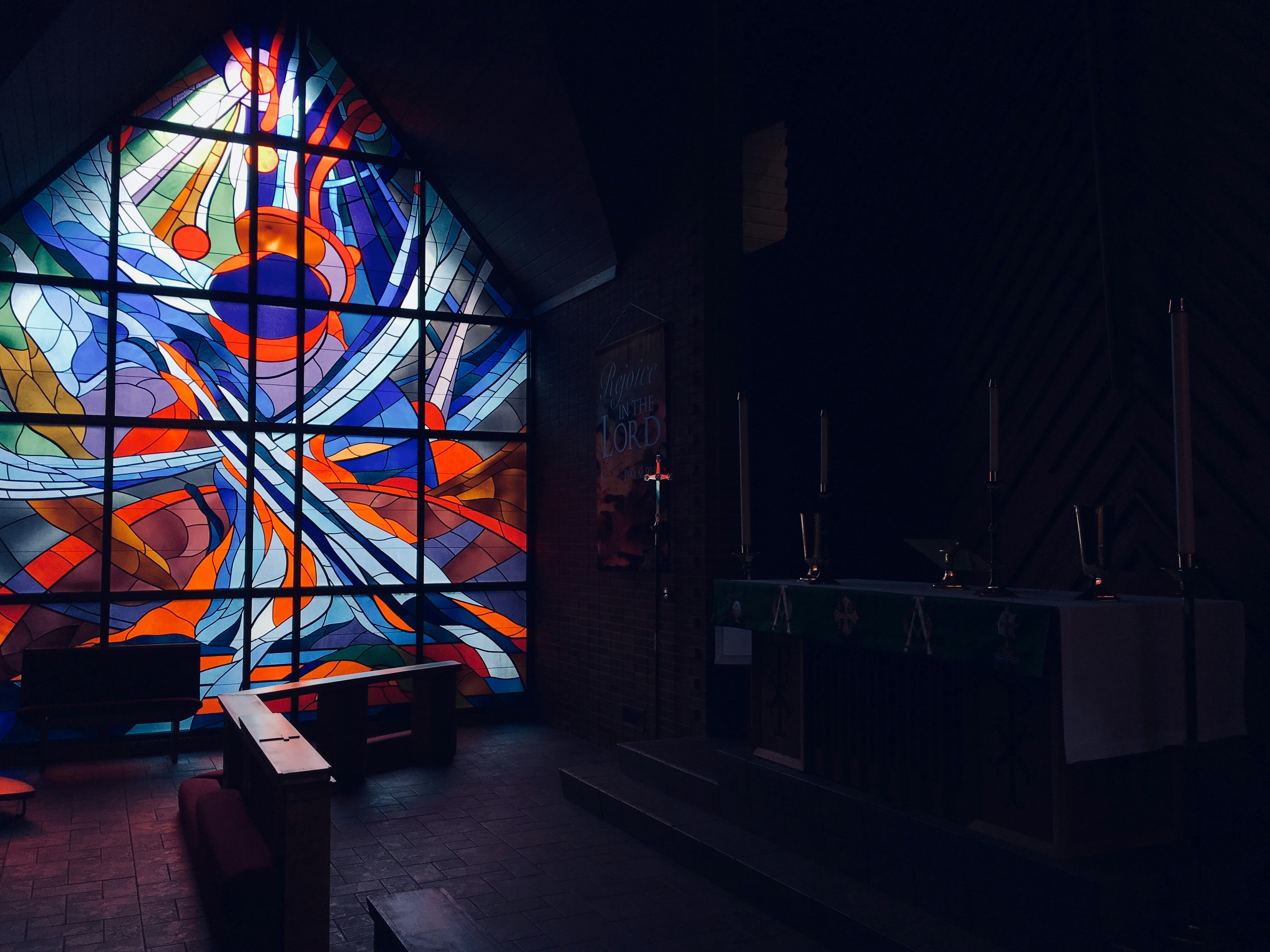This week we’re being introduced to two major thinkers and traditions of the 20th century: Karl Barth* (1886-1968) and the Barthian tradition and James H. Cone (1938-2018) and Black Liberation Theology.
*Pronounced “Bart”
Are there two more significant theologians of the 20th century??
I am pairing Barth (a Swiss German dude) with the Black Christ very intentionally–I think the readings will make this obvious, but I’ll say it out front. Cone, as the father of Black Liberation Theology and who imaged Cross as a lynching tree, was influenced by Barth (he was a scholar of Barthian theology).
We could say that Barth’s theology makes way for Cone’s and other liberation theologies. Or we could say that Barth’s work was a useful source for liberation theologians to point back to, to legitimize their work in an Academy that does not value marginalized voices. (I was challenged with this second statement by my colleague Rev. Julian Cook. For those of you who took Philosophy with me, you heard him make this comment on our class podcast!)
I want you to start by reading Cone, and then we’ll work backwards to Barth and then to womanist critique. Bonus: there’s a shout-out to Pannenberg in this piece as well; remember, we read about him via Antonio Logan last week.
After reading Cone, I want you to read this short excerpt from Barth. (Dogmatics in Outline is a condensed version of his gigantic Church Dogmatics.) I want you to pay attention to resonances between Cone and Barth as you’ve already seen them.
After these primary source readings, I am inviting you to read Dr. Chris Boesel’s blog posts on Barth and Blackness. Boesel was a professor of mine in my doctoral program. He is a Barthian scholar and is deeply invested in liberation theologies (though he is a white dude, missionary kid, etc.).
“Dehonkifying Barth’s Gospel?”
“God Takes Sides—Against Whiteness”
Next is an article that I assigned because it’s written for a middle-class, predominantly white, mainline pastoral audience. East makes accessible the highly academic ideas of Barth and Cone while doing some interesting theological work himself.
Finally, we end with Kelly Brown Douglas’s understanding of the Black Christ from a womanist perspective, which, though not citing Cone directly, expands upon his work.
To Do:
- Read: Cone, “Jesus Christ in Black Theology” (21 pgs)
- Read: Barth, “Jesus Christ” (6 pgs)
- Read: Boesel, “Dehonkifying Barth’s Gospel?” and “God Takes Sides—Against Whiteness”
- Read: East, “In America, Jesus is Black because he was Jewish” (8 pgs)
- Read: Douglas, “A Womanist Approach to the Black Christ” (21 pgs)
- Suggested Due Date: Reading Response
